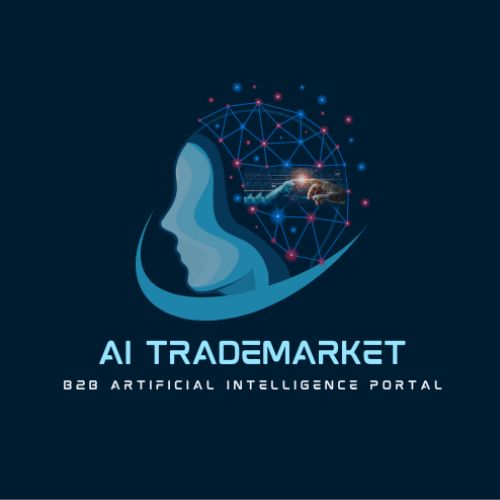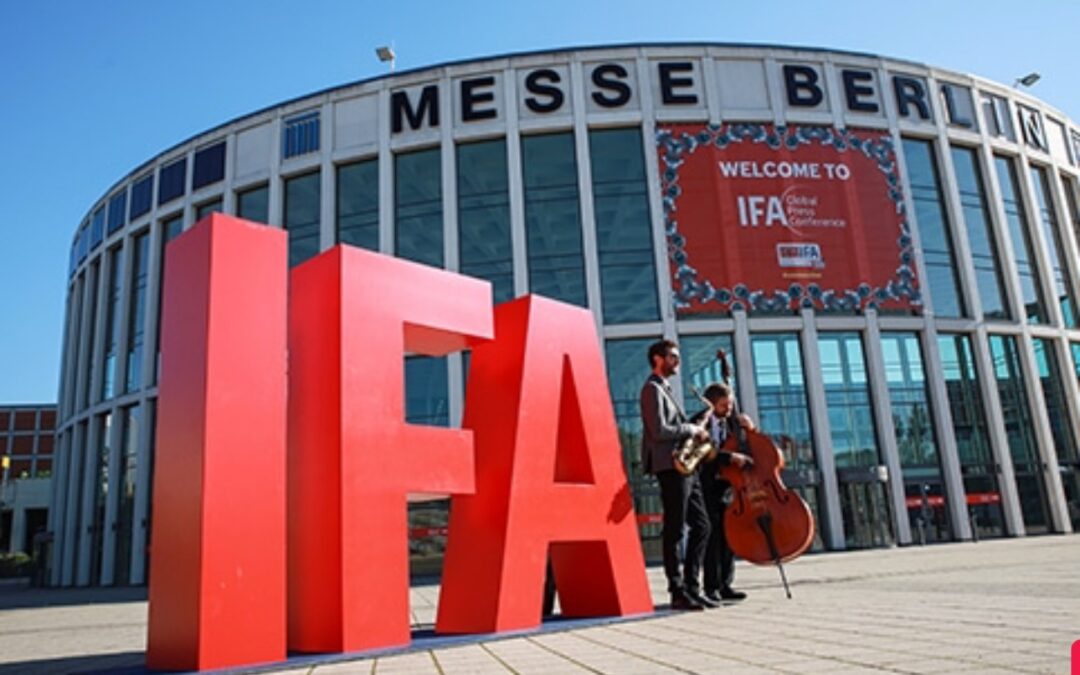IFA Berlin 2025 has left little doubt about where consumer technology is heading: the smart home is no longer an abstract promise but an increasingly intelligent, seamlessly orchestrated reality, powered by advances in artificial intelligence. What stood out this year was not just the variety of devices on display but the way AI is being woven into the everyday rhythm of domestic life, from kitchens and laundries to living rooms and entertainment spaces. The major players—LG, Samsung, Hisense, and others—used the stage to demonstrate how AI is shifting household technology from reactive automation to proactive, personalized companions that anticipate needs before users even articulate them.
LG captured much attention with what it called its “AI Appliances Orchestra,” a vision of connected living in which refrigerators, ovens, washers, and climate systems operate under the coordination of its FURON agent, all managed through the ThinQ ON hub. Rather than showcasing isolated products, LG emphasized an ecosystem, positioning the smart home as a kind of living symphony in which devices work in harmony, learning user routines and adapting energy usage in ways that save money while reducing environmental impact. It was a glimpse of AI as an invisible conductor of everyday life, fine-tuning efficiency without demanding constant input.
Samsung, never one to be overshadowed, built its entire presence around the theme “AI Home: Future Living, Now.” The highlight here was the Jet Bot Steam Ultra, a robotic cleaner with advanced object recognition able to distinguish not just furniture but liquids, adapting its cleaning method accordingly. Paired with AI-enhanced dishwashers and washing machines that analyze dirt levels and fabric types before deciding on the right cycle, Samsung’s appliances showcased how household chores can become less about human oversight and more about trust in automated intelligence. Even more striking was the company’s unveiling of a Vision AI Companion, an assistant designed to connect across devices with natural, context-sensitive interaction, suggesting that the home of the near future will be managed by a unified digital presence rather than a patchwork of disconnected apps.
Hisense took a slightly different angle, presenting its “AI Your Life” range that blended entertainment and utility. On one end of the spectrum was a 116-inch MiniLED television driven by the Hi-View AI Engine X, capable of optimizing every frame in real time, while on the other were AI agents dedicated to cooking and laundry tasks, integrated into the ConnectLife platform. The cooking agent, for example, offers recipe suggestions based on available ingredients and can guide appliances to prepare them efficiently, while the laundry agent learns family habits and recommends wash cycles to save time. This marriage of entertainment and utility illustrated how AI is no longer confined to single-purpose devices but is permeating every corner of the home environment.
What united all these showcases was a clear pivot from smart devices as tools to smart ecosystems as companions. The emphasis was not simply on convenience but on personalization, trust, and sustainability, with companies stressing how AI can make homes more energy efficient, reduce waste, and respect privacy through local processing. At IFA this year, the message was unmistakable: AI in the home is not arriving someday—it is here now, reshaping domestic life into something more intuitive, connected, and quietly intelligent.

